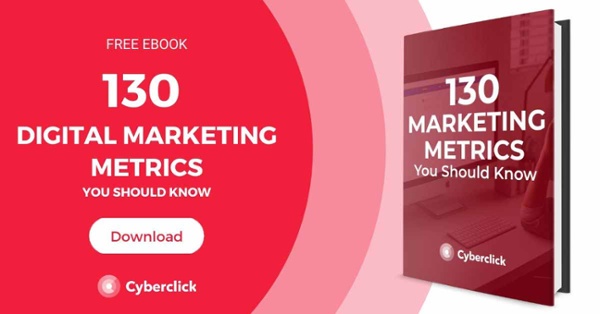It has long been known that marketing is not always rational, or at least that rational arguments must coexist with emotional factors. Aristotle said it millennia ago: pathos is one of the keys to convincing the public.
If you are going to communicate through emotion, the first thing to do is understand what emotions can contribute for your marketing.


The Role of Emotions in Marketing
Emotional marketing is the set of actions, tools, and strategies launched by brands as part of their sales strategy to cultivate an emotional bond with current and potential customers.
Emotional marketing is characterized by eliciting feelings from the customer, instead of convincing them with rational arguments. Neuromarketing studies point out that this is a very effective technique, since purchasing decisions are often made on the basis of subconscious elements.
Emotional marketing seeks to create an emotional bond between the brand and the consumer, a bond that works both ways. In other words, the brand must not only broadcast, but also listen.
This strategy is based on integrating sensations and emotions into the brand experience. The advantages of emotional marketing include creating a better brand image, improving customer relations, encouraging brand recall, and improving customer satisfaction.
Keys to Using Emotion in Marketing
-
Emotional marketing must always start from empathy. You must have a solid understanding of who you are targeting (the buyer persona) and what will move them. Only then will you be able to understand how to evoke the emotions you want from them.
-
It's important to understand that conversions are motivated by different emotions, either negative (moving away from something that causes discomfort) or positive (seeking pleasant feelings). In the end, we all share a set of basic emotions. For your marketing strategy to make sense, you must know what emotional needs your potential customers have and how your brand can address them.
-
Emotions aren't necessarily bad or good. The important thing is to generate an emotional response that makes customers engage with your content and your brand.
-
Charitable causes, a sense of community and a sense of urgency are three very powerful emotional marketing triggers. People are often motivated to help others, to feel like part of a group and not to miss out on good opportunities.
-
If you decide to play on surprise or intrigue, it is essential that your marketing communication is very clear to avoid confusing consumers.
-
In terms of creativity, it is essential to use images with people. They are the most powerful ones when it comes to generating emotions, as the viewer can instantly identify with other human beings. Our brains are trained to look for and recognize emotions in people's faces and react to them.
-
Another fundamental element is color, though this can have a strong cultural component. Color psychology studies the relationship between colors, cultures, and emotions. Color has the ability to bring out emotions and instinctive reactions, so it's important to take this into account in marketing communication.
-
The text is also fundamental in emotional marketing. The key is not only what is said, but how it is said. Emotionally charged terms can help reinforce your message and generate the response you are looking for.
5 Basic Emotions You Can Use in Marketing Communication
Classifying emotions can be complex since they vary widely and each person can feel and express them in different ways. However, there are certain basic or universal emotions, which all humans share regardless of culture. Let's take a look at a few of them and at how they can be incorporated into marketing.
1. Surprise
Using surprised people in your marketing materials suggests to the viewer that they are facing something new and unpredictable, which can help them pay attention to what you want to tell them.
2. Sadness
Sadness is an emotion that gets bad press but, as you will know if you have seen the Pixar movie "Inside Out," it also has its uses. Sadness helps us to unburden ourselves and overcome the pain of a loss. It can also be a call for help that quickly awakens empathy. In short, it can be a very powerful resource in your marketing efforts.
3. Fear
Fear is a very powerful emotion, since it is directly linked to our survival. Faced with something that frightens us, we tend to feel paralyzed first and then flee or fight. It is, therefore, a powerful emotional motivator to call people to take action.
4. Anger
Anger can be an explosive emotion, which calls for action. In marketing communication, making people indignant about a situation is a powerful motivator for change and action.
5. Joy
Joy is a very interesting resource in marketing communication. Joy facilitates connection with others and brings us closer to each other. If you combine joyful expressions with eye contact, you can open channels of communication and connect with your audience.
Digital Marketing Stategist en Cyberclick. Graduada en Turismo por la Universidad de Lleida con un máster en Dirección de Marketing en EAE Business School. Ester cuenta con más de cinco años de experiencia en el sector del marketing digital, especializándose en el sector de los viajes y liderando tanto proyectos locales como internacionales.
Digital Marketing Stategist at Cyberclick. She holds a degree in Tourism and then specialized in marketing, she has a lot of experience in the travel vertical. With more than 5 years of experience in the digital marketing sector, both managing local and international projects.





Leave your comment and join the conversation